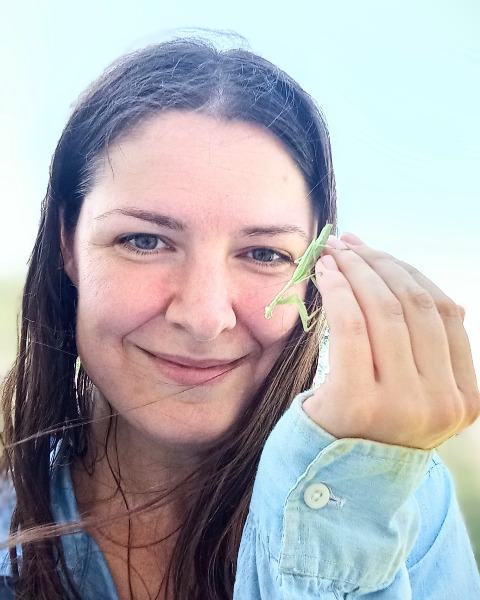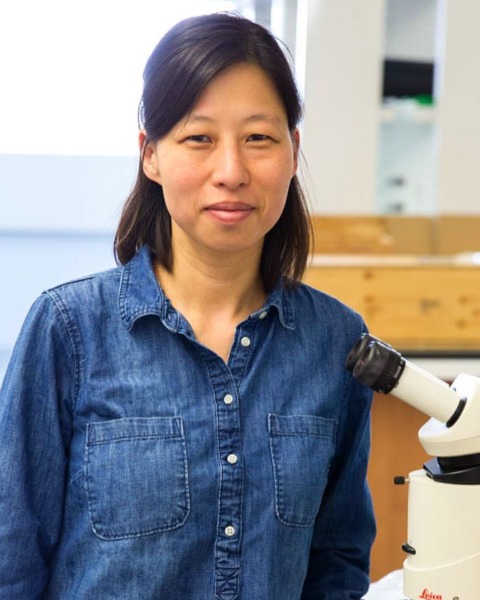Student 10-Minute Presentation
Plant-Insect Ecosystems
Student
Student Competition
Grad 10-min Competition: P-IE, IPM - Sustainable Agriculture
Evaluating trade-offs with the effects of landscape composition on pests and beneficial insects in a commodity crop
Monday, November 11, 2024
8:24 AM - 8:36 AM MST
Location: Phoenix Convention Center, 131 C, PCC

Nicole Kucherov
PhD Student
Kansas State University
Manhattan, Kansas
Tania N. Kim
Assistant Professor
Kansas State University
Manhattan, Kansas
Presenting Author(s)
Co-Author(s)
Pollinators provide a vital ecosystem service, valued at $200 billion each year. Eighty percent of flowering plants need pollinators to reproduce, including many of our agricultural commodities, and even self-pollinating crops benefit from pollinators through increased yields. Integrated pest and pollinator management proposes that semi-natural habitat in the landscape benefits pollinators. However, natural habitat in the landscape has varying effects on pest insects. Here, we evaluate the effect of landscape composition on the abundance of pollinators, pests, and beneficial insects within soybean fields of northeast Kansas. We performed sweeps along 50m transects at 30 soy fields during the 2023 growing season. Pollinators found on flowers were also collected through target vacuum sampling during soybean flowering. Landscape percentages for grassland, natural, agricultural, and developed areas were calculated within a 2km radius of each field using USDA’s Cropscape. Generalized linear models were used to assess relationships between the surrounding landscape and insect abundance across all three insect groups and for specific insects of interest. Pollinators would benefit from a diversity of flowering plants more than a monocrop flowering all at once. Beneficial insects, such as predators, also benefit from the habitat and additional resources provided by semi-natural areas. Therefore, we expected to see more pollinators and beneficial insects overall as the percentage of semi-natural area increases. Since the relationship between pests and natural area varies, this is where we expect to see trade-offs.

.png)

